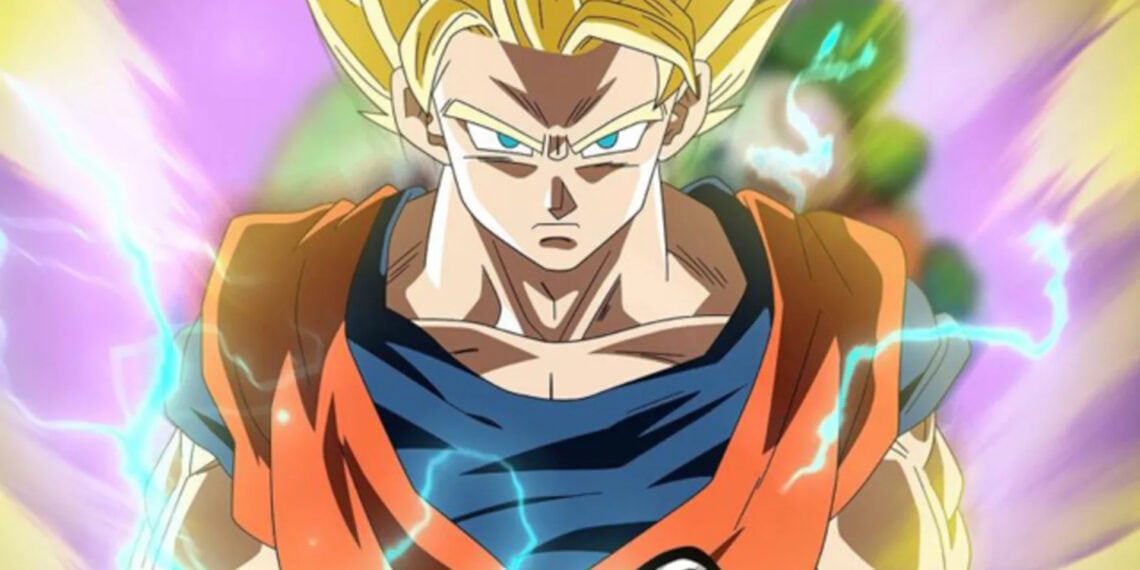In a peculiar incident in Chiba Prefecture, Japan, a 42-year-old man named Takahashi Sakae was arrested for spray-painting the name “Son Goku” on more than 60 locations, including electrical posts and residential walls. The arrest has drawn attention due to the unusual nature of the graffiti and the suspect’s explanation for his actions.
According to authorities, Takahashi’s graffiti spree occurred over several weeks, with the name “Son Goku” appearing in various public spaces. The widespread nature of the graffiti raised concerns among local residents and authorities about potential vandalism and its impact on the community’s aesthetics.
The Suspect’s Explanation
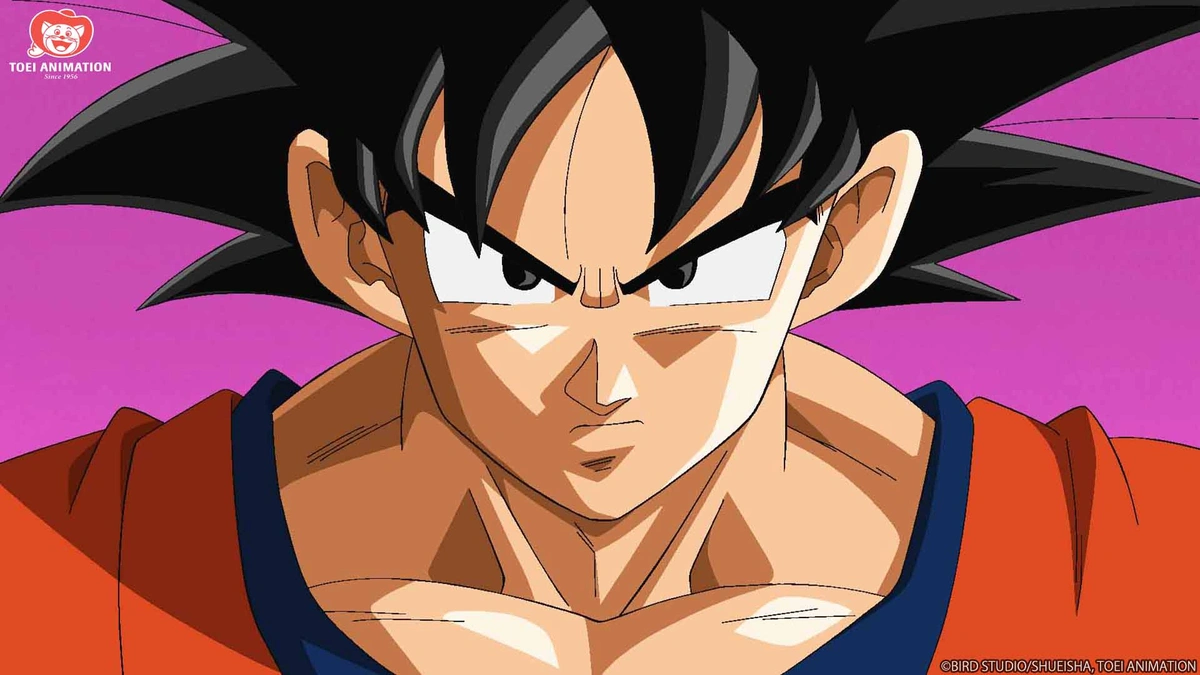
When questioned by the police, Takahashi claimed that he was following divine instructions. He stated that he was compelled to write words such as “Love,” “Buddha,” and “Son Goku” as part of a mission he believed was assigned to him by a higher power. This explanation has intrigued both law enforcement and the public, leading to discussions about the motivations behind such acts of vandalism.
Takahashi’s assertion that he was acting under divine guidance adds a complex layer to the case, prompting questions about his mental state and the influence of personal beliefs on behavior. Psychologists and criminologists may find this case particularly interesting as it touches on themes of delusion, religious conviction, and the boundaries of personal expression.
Legal Implications
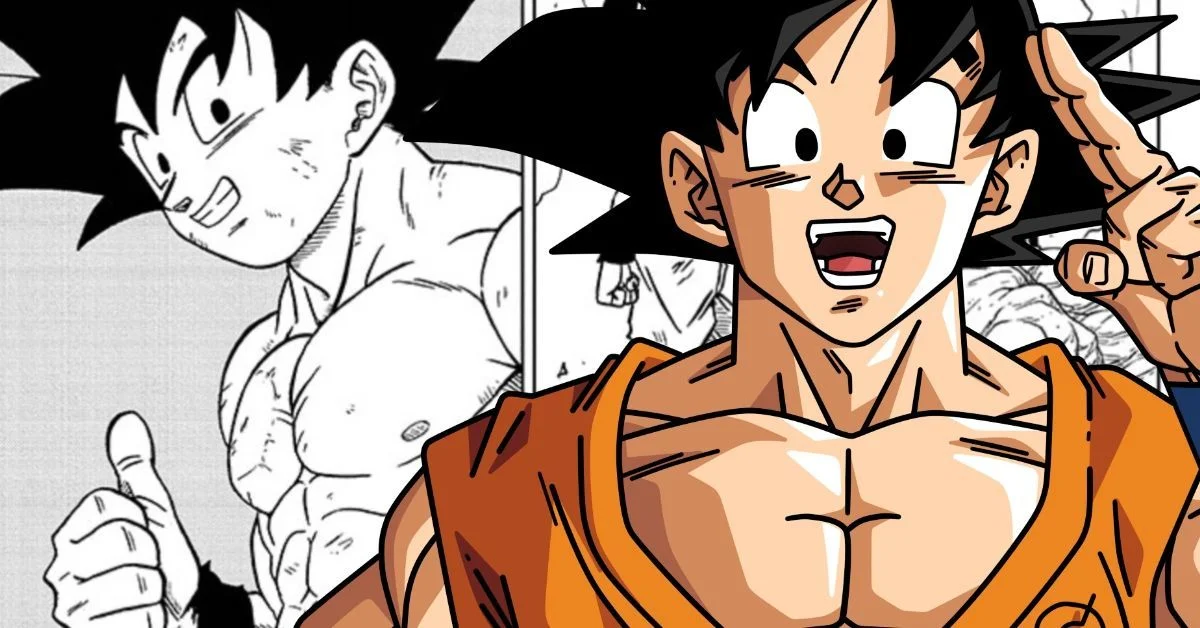
Under Japanese law, vandalism is considered a serious offense, especially when it involves defacing public or private property. The act of spray-painting “Son Goku” in numerous locations could lead to charges of property damage and public nuisance. If convicted, Takahashi may face fines or imprisonment, depending on the severity of the damage and the court’s assessment of his mental state at the time of the offense.
The case has sparked discussions about the balance between freedom of expression and the protection of public and private property. While Takahashi’s actions were driven by personal beliefs, the legal system must consider the broader implications of such behavior on community standards and public order.
Community Reaction
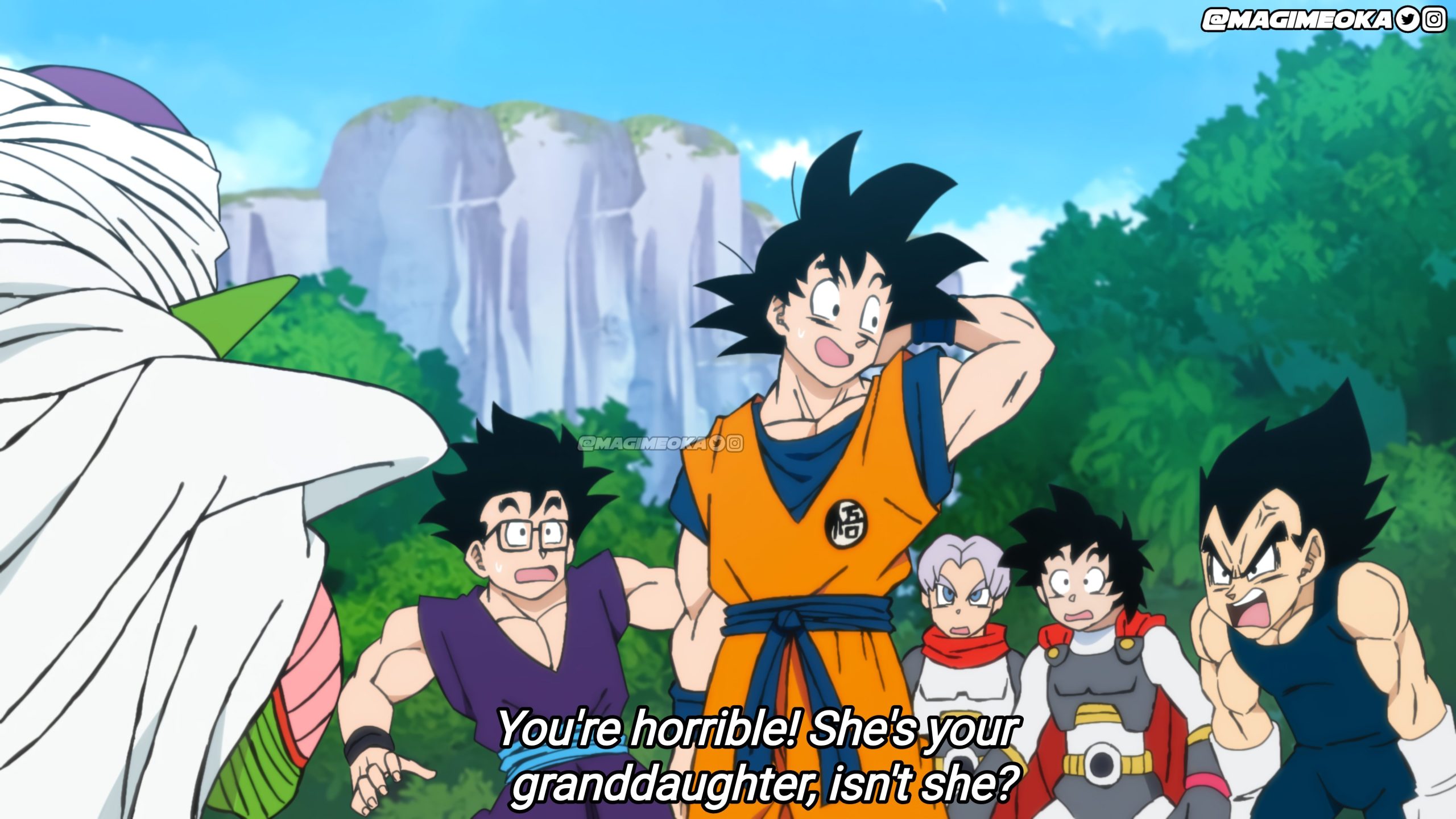
Local residents have expressed mixed reactions to the incident. Some view Takahashi’s actions as a harmless expression of fandom, while others are concerned about the potential for similar acts of vandalism in the future. The presence of “Son Goku” graffiti in residential areas has led to debates about the boundaries of artistic expression and the respect for communal spaces.
Community leaders are calling for a balanced approach that considers both the individual’s right to self-expression and the community’s right to maintain clean and orderly public spaces. There is a growing consensus that while personal beliefs and fandoms are valid, they should not infringe upon the rights and comfort of others in shared environments.
Conclusion
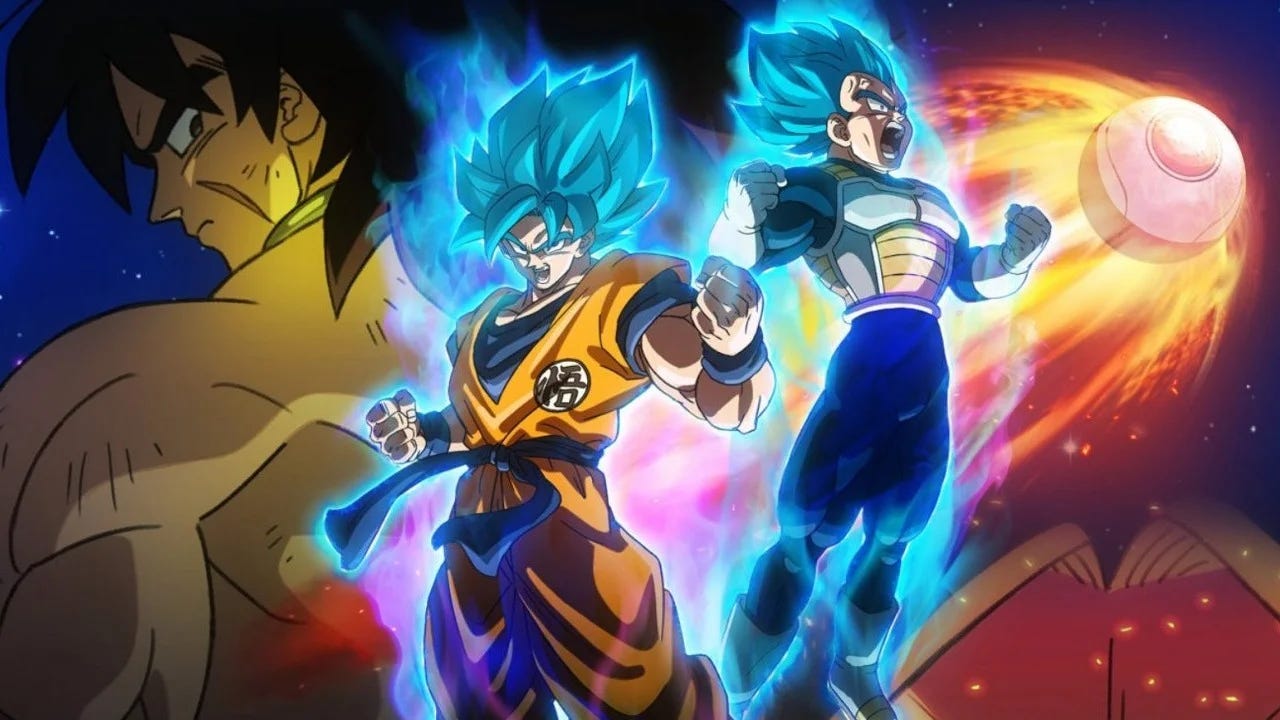
The arrest of Takahashi Sakae for graffitiing “Son Goku” in over 60 locations highlights the complex interplay between personal expression and public responsibility. While his actions were driven by personal beliefs, they have raised important questions about the limits of artistic expression and the protection of public and private property.
As the legal proceedings unfold, this case may serve as a precedent for similar incidents in the future, prompting a reevaluation of how society balances individual freedoms with communal responsibilities.

